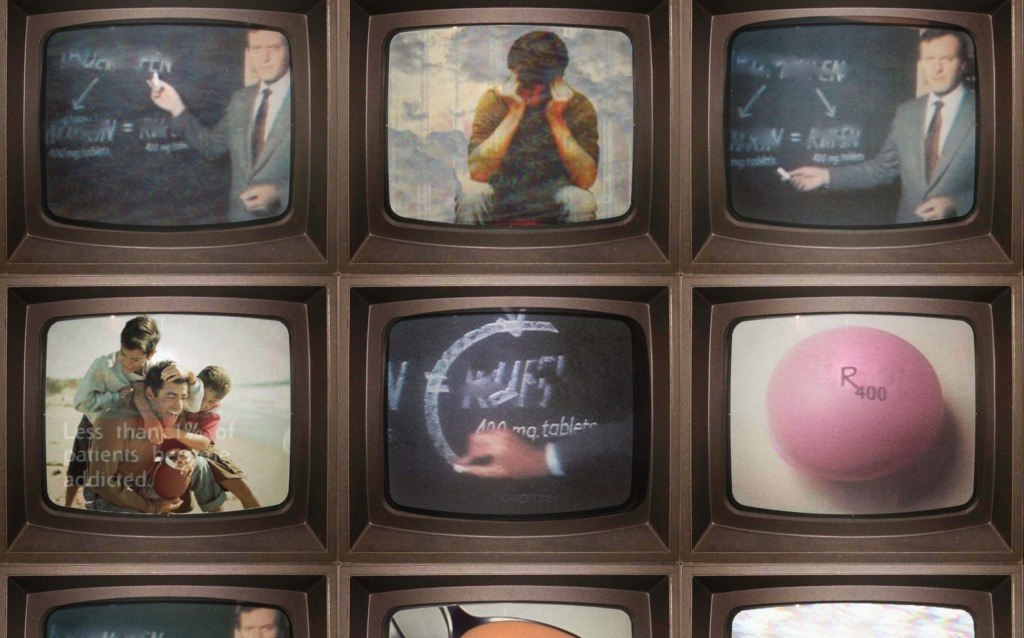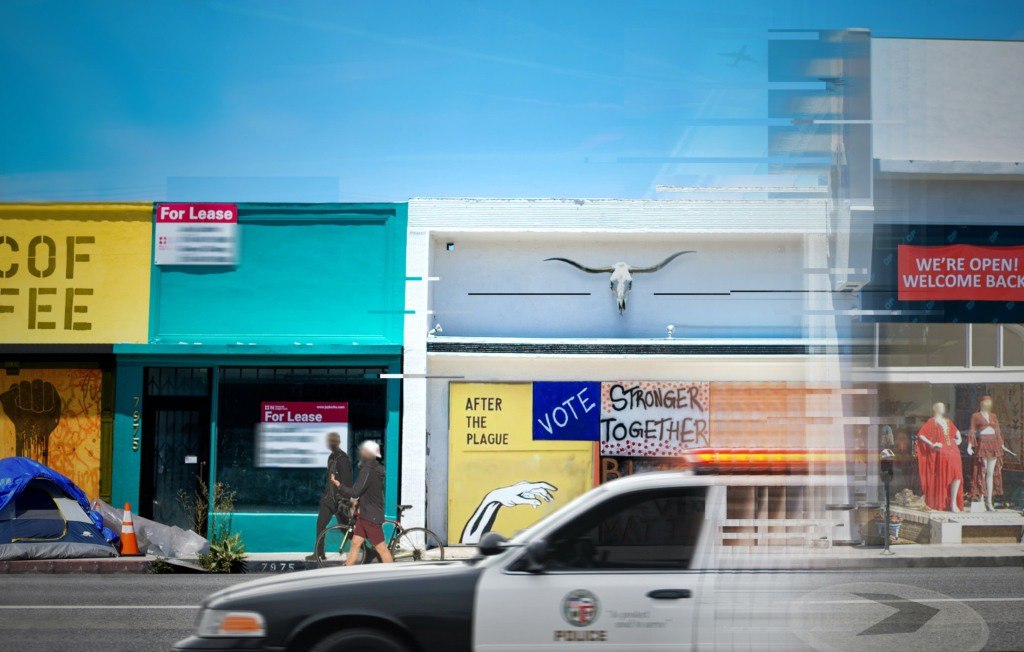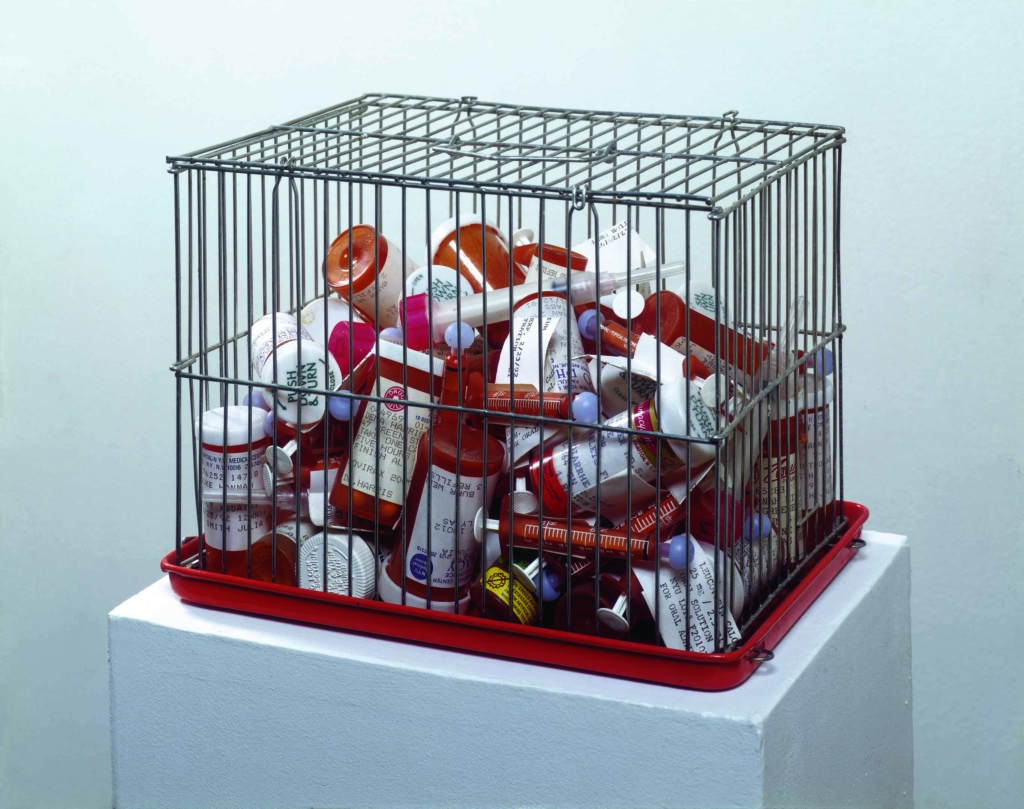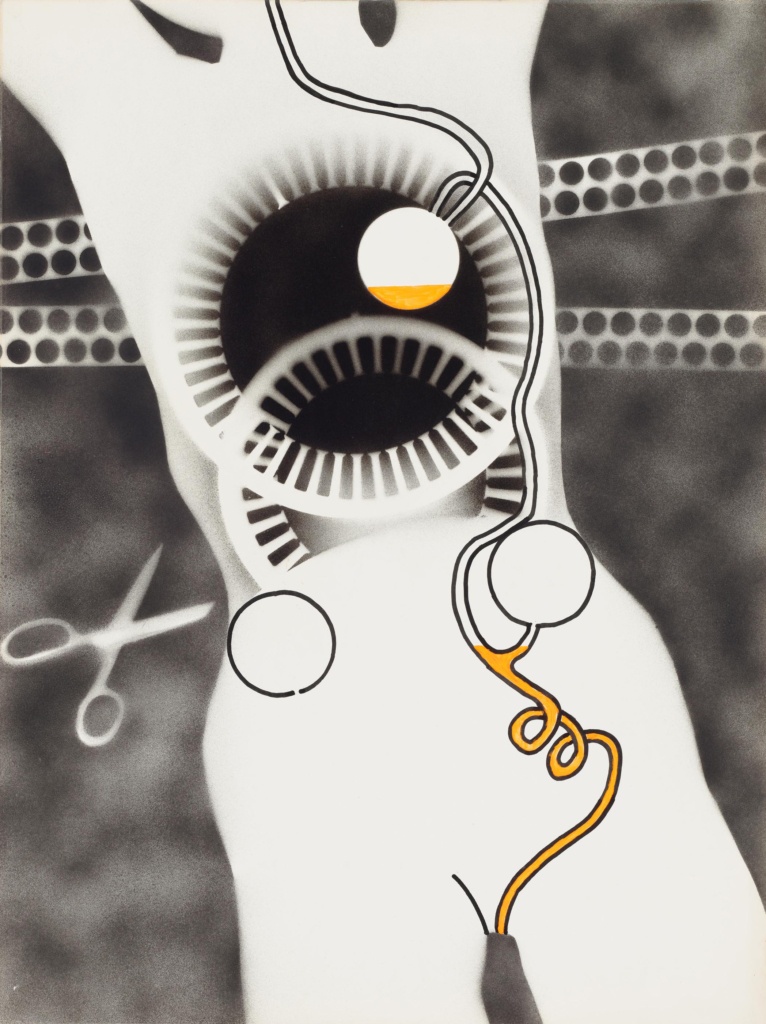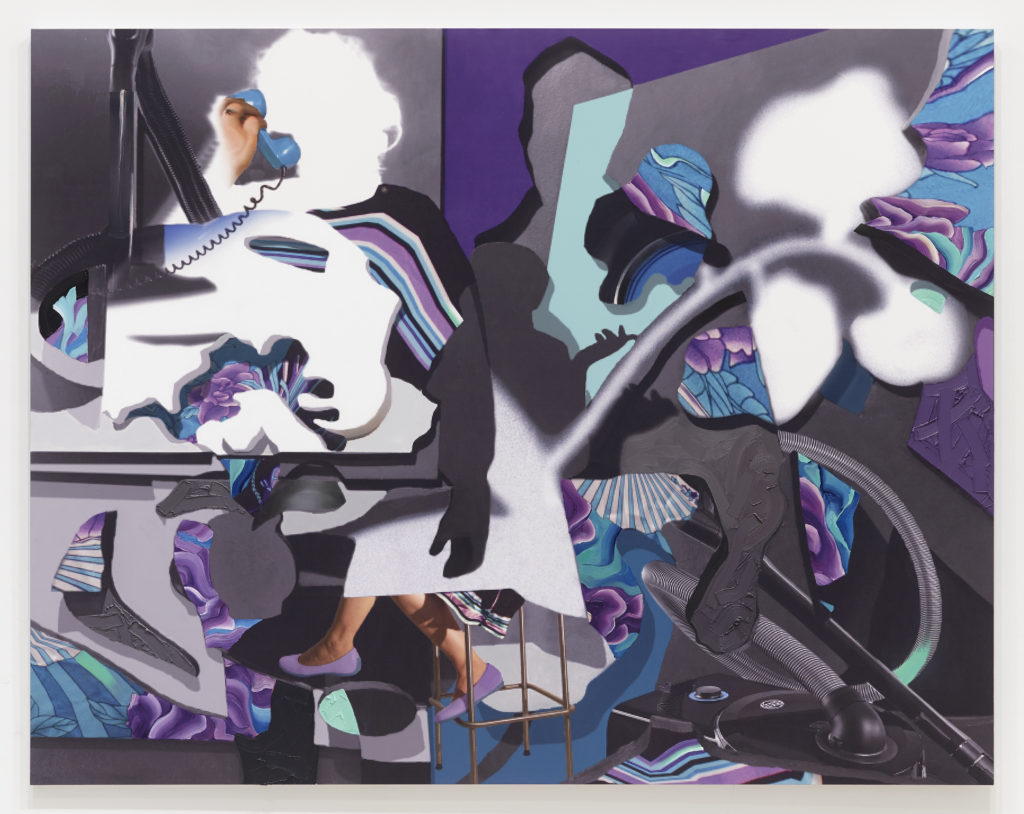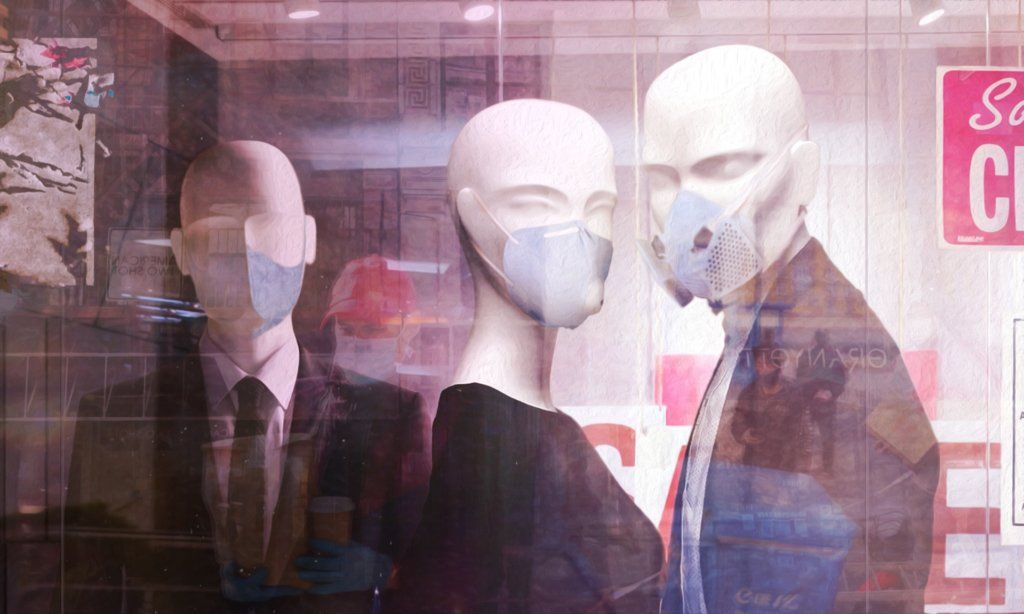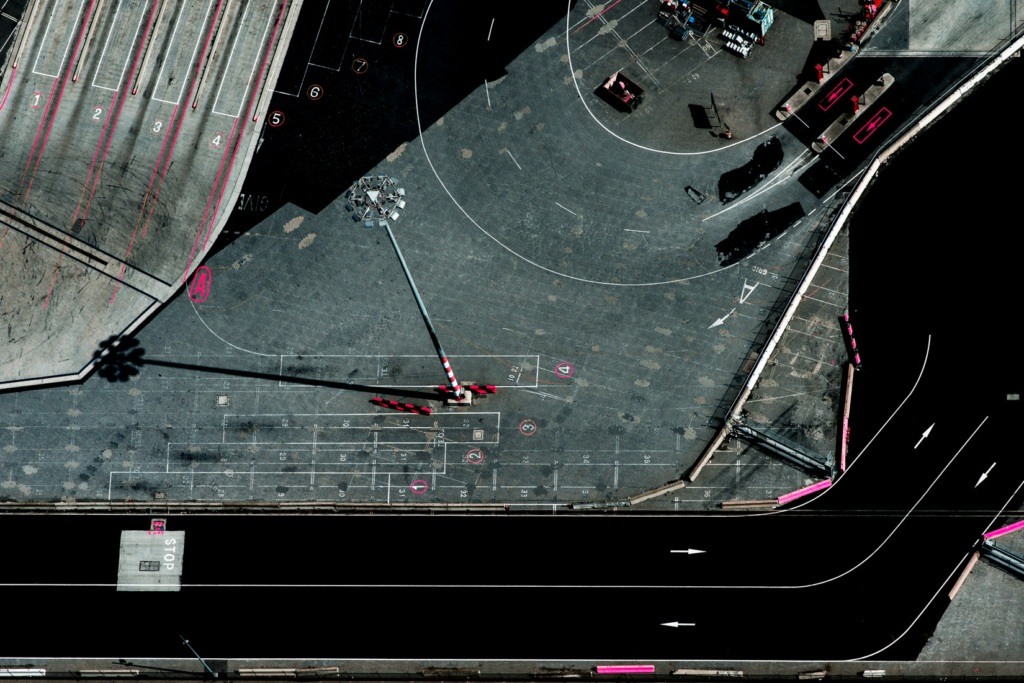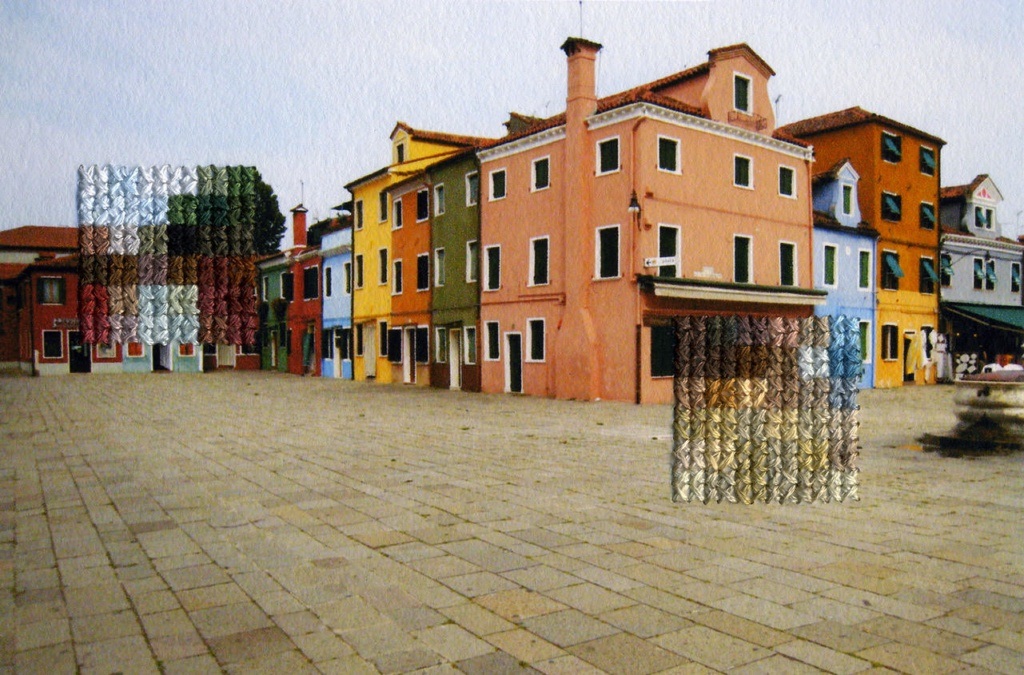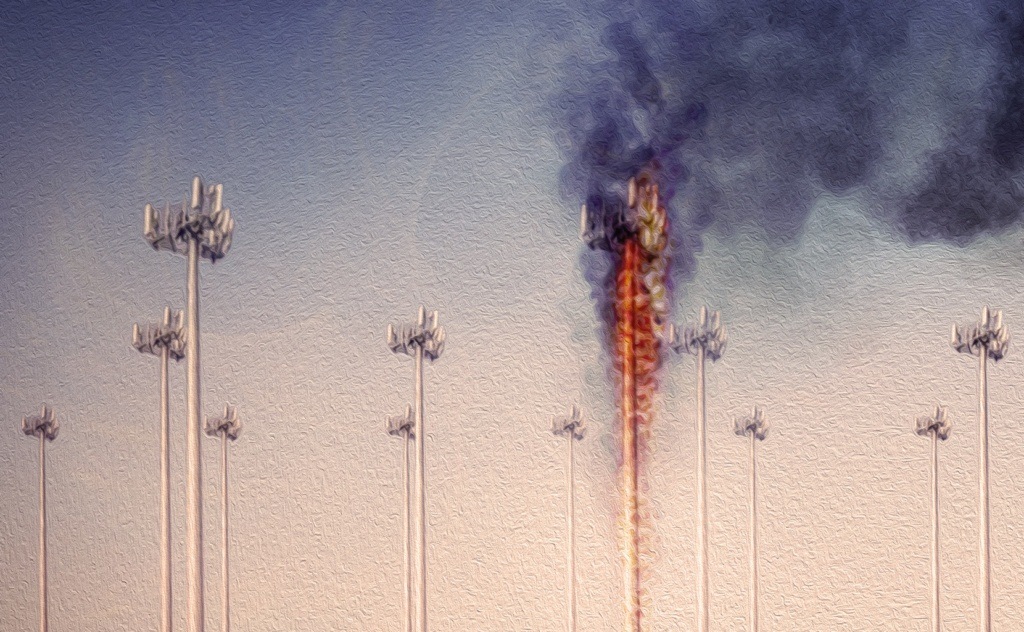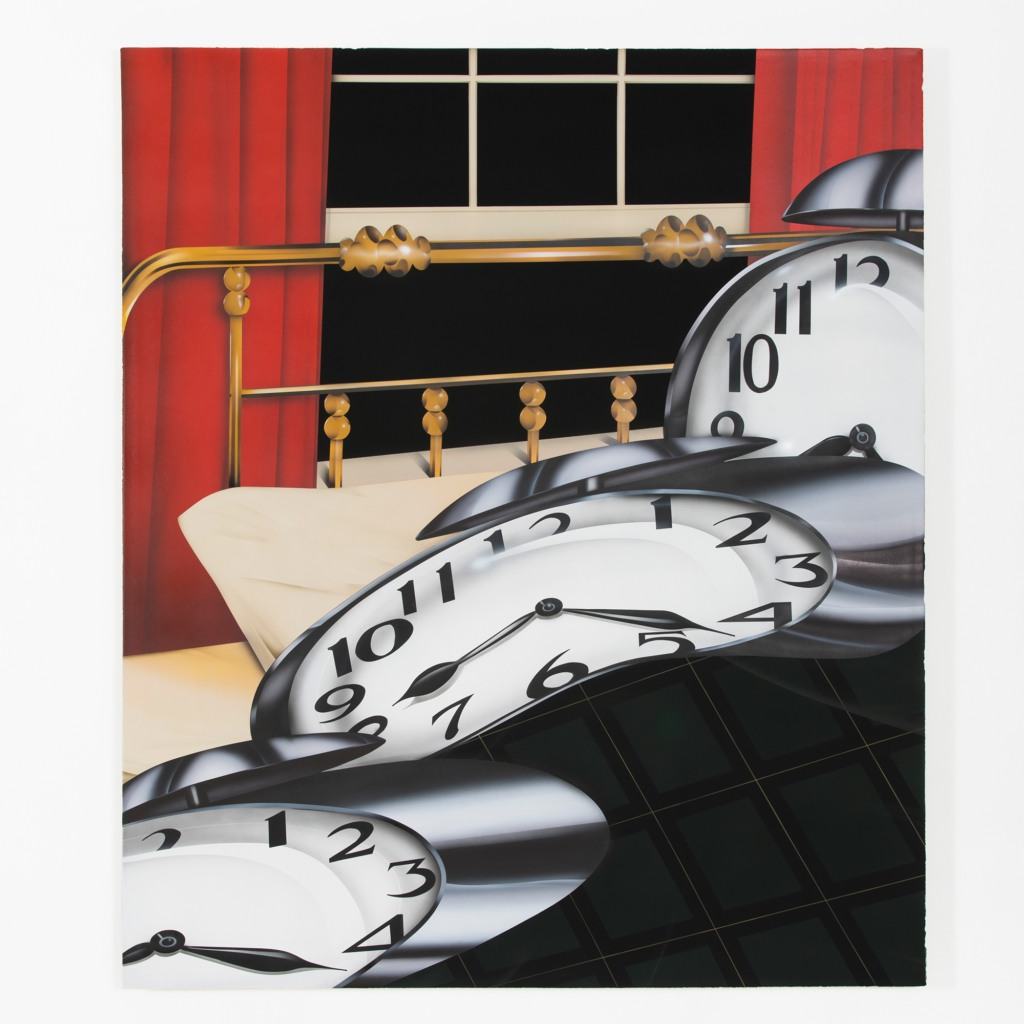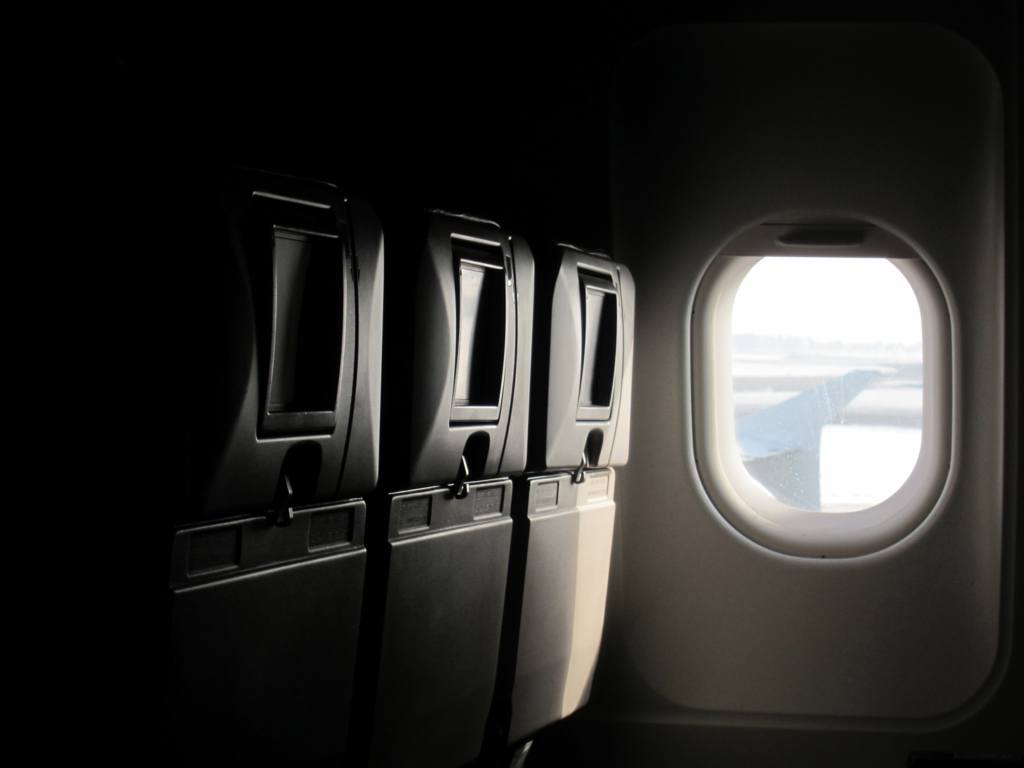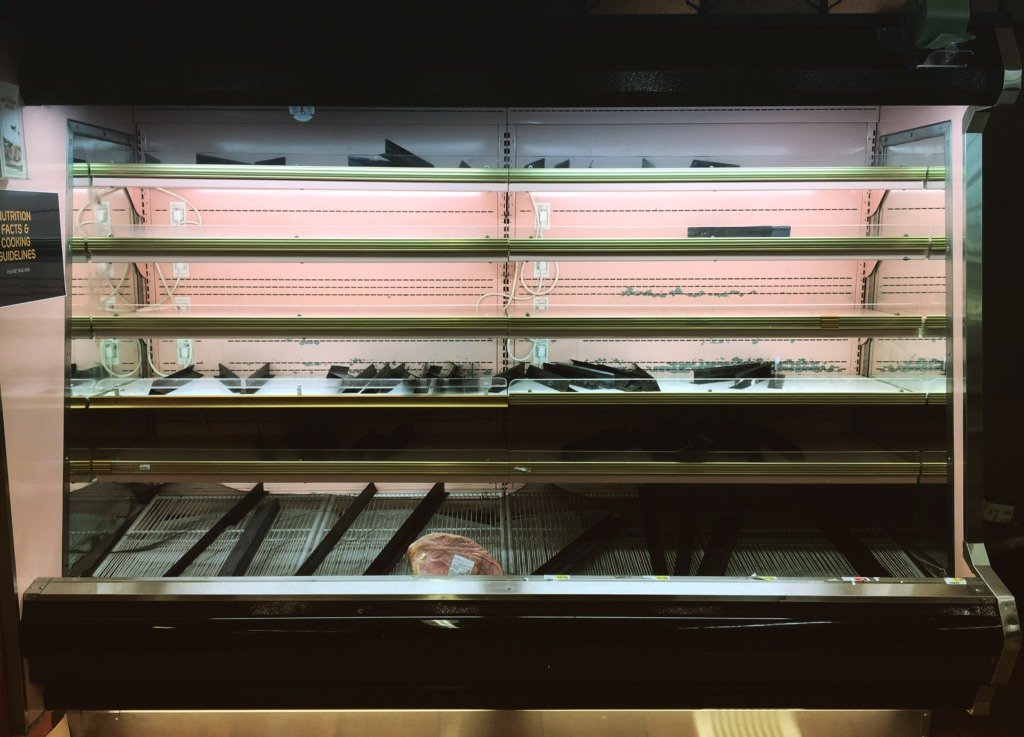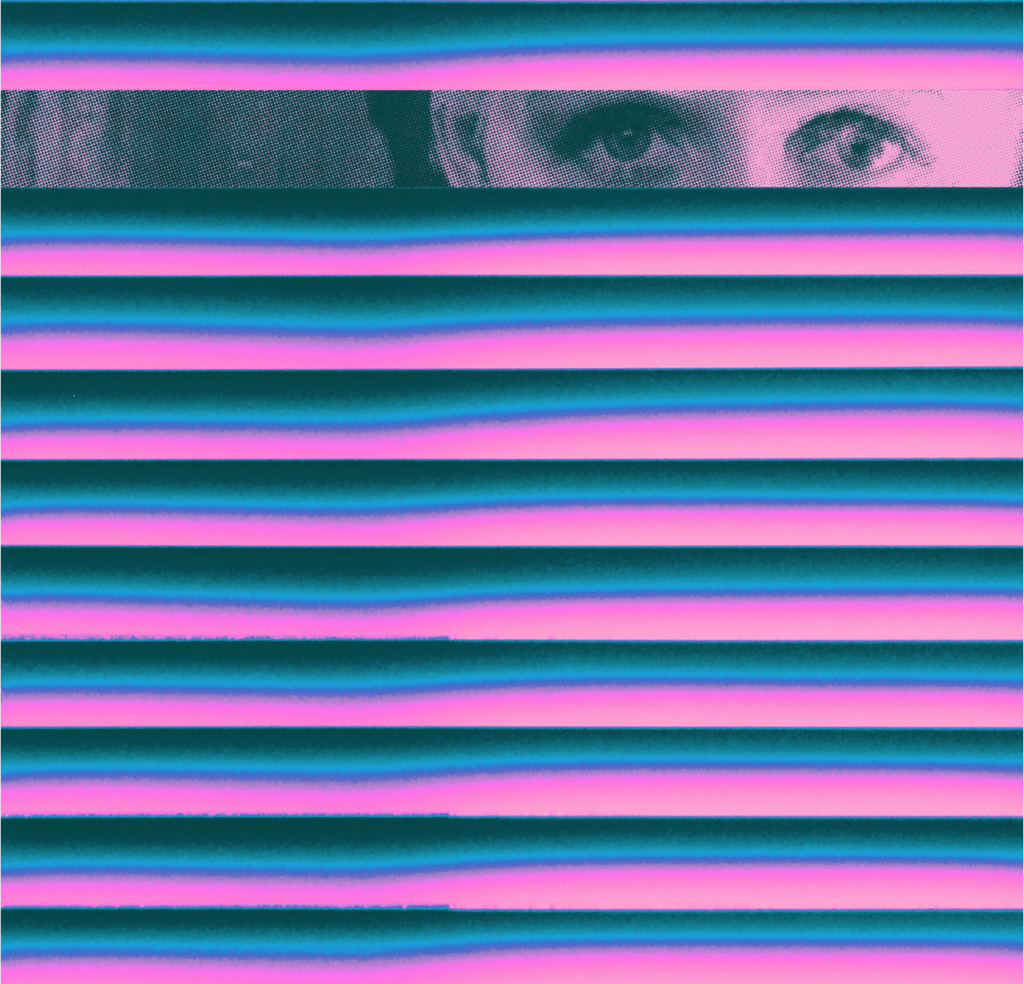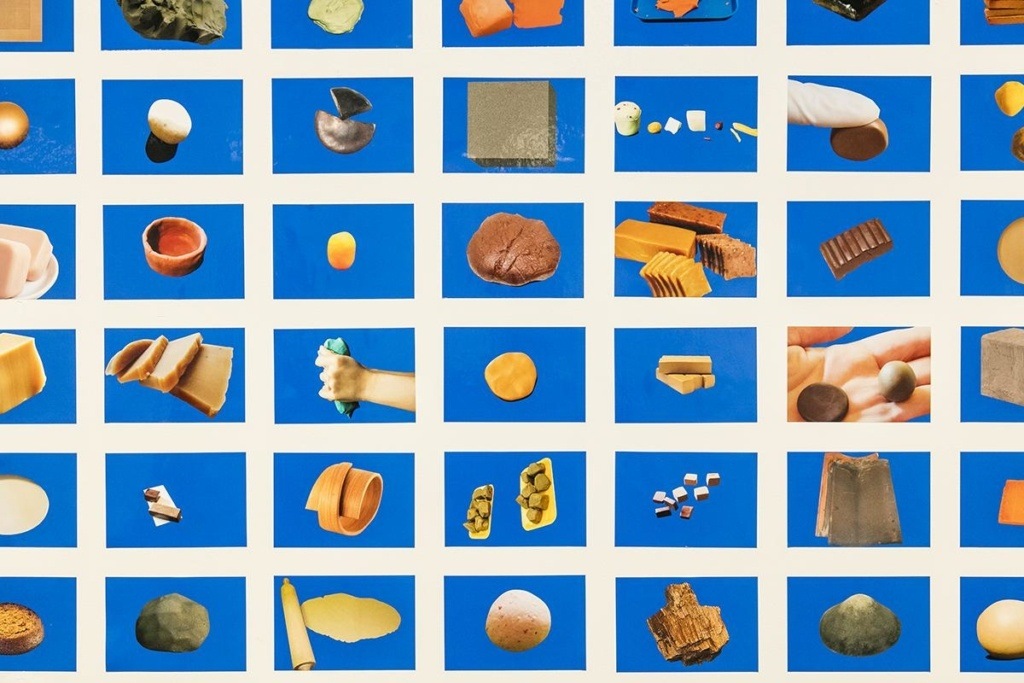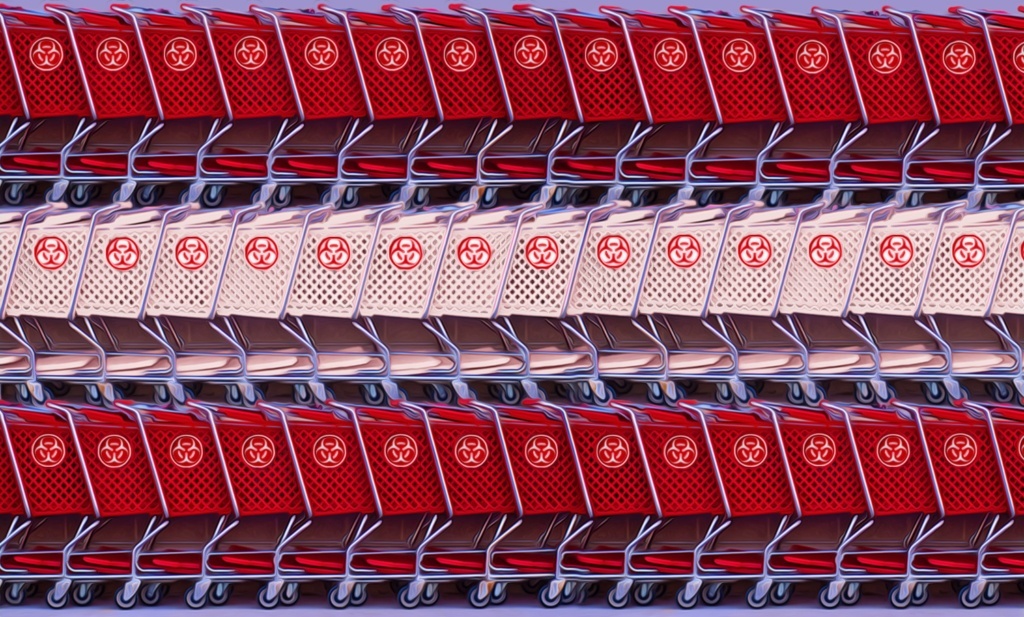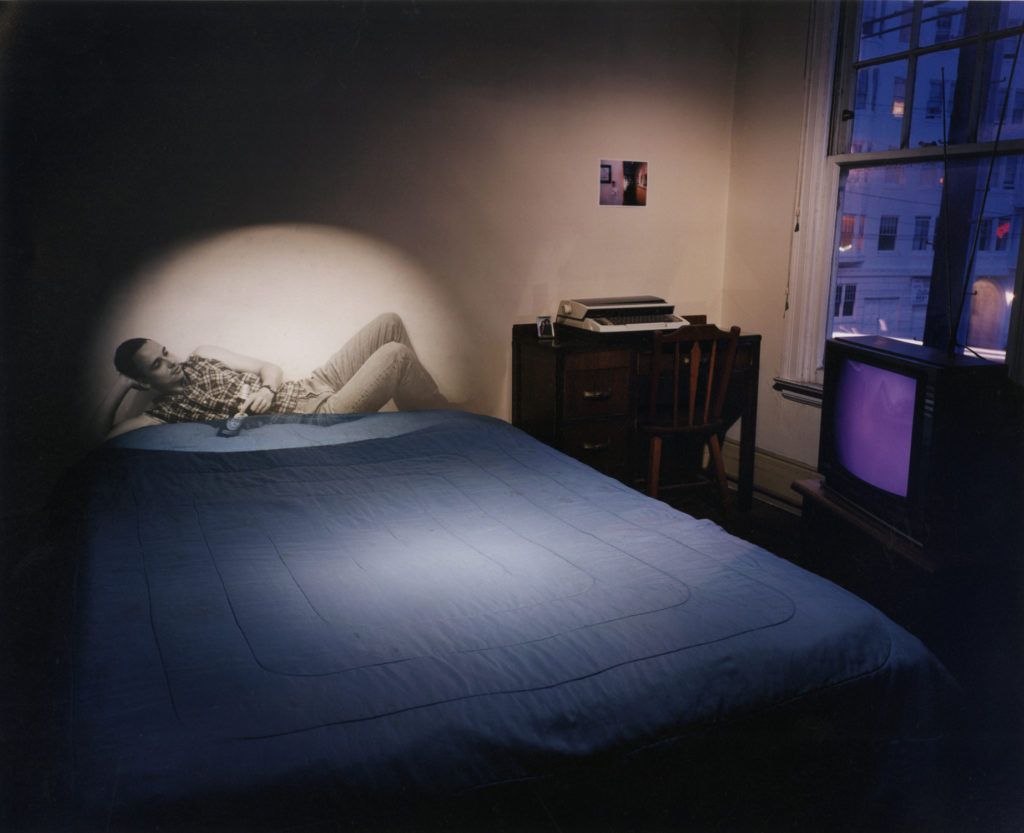Topics
Pandemic
On plagues past and present
Doctor’s Orders
Vaccine refusal can’t be understood outside the context of the broader medicalization of society: how health has been construed as a universal ground truth that can override or sideline the need for politics rather than being recognized as a form of politics itself. If it appears that all power rests with medicine, it may seem to some individuals that the only way to manifest and express their power is through self-diagnosis and self-medicating.
Shadow of a Doubt
The idea of “living with Covid” means inhabiting a position that is fundamentally unstable — accepting that we do not know what the future will look like, or whether a “return to normal” is even what we’re trying for. Ultimately, it requires us to give up the idea of closure in favor of a truer ambiguity.
Eye of the Storm
Street View offers a reflection of the everyday social relations of pandemic life. It is insufficient in all the ways we might expect: lacking in narrative, devoid of intimacy, filtered through a screen. But its flatness reflects a feeling associated with 2020, and this is the record we have.
Patently Harmful
The idea that the present should always be sacrificed at the altar of future innovation, and that this should guide IP, dates roughly to the 1960s, not to eternity. These decisions can be made differently. Neoliberal prerogatives of privatization need not be treated as immutable or even logical on their own terms.
Liminal Space
Quarantine was no one thing; it has been full of contradictions. What had seemed early on like a unifying experience exposed many differences and inequalities, even while it linked us as a species. One certainty it yielded is that we have to get better at living with complexity, difference, and uncertainty.
Symptom Check
Firsthand Twitter threads narrating the symptoms of Covid-19 fill a void of representation. Despite all the panic and mythmaking around the virus itself, especially in the early days we had very little information, and few popular representations of what the disease actually looked and felt like. This uncertainty creates its own kind of terror, leaves gaps for bad actors to exploit, and ultimately has the effect of anonymizing the people who actually get sick. The threads can be situated in a long lineage of illness narration, which has always served to wrest power back for the narrator.
Six Feet From Forever
It may seem that social distancing could be construed as a spontaneous diaspora, albeit one that may not prove as protracted or permanent. Diasporic communities have protracted experience with sustaining a sense of community over distance and time, and how current messaging technologies contribute to it. The cues that can’t be taken for granted become new signifiers of lasting bonds.
Face Off
If the question “should I wear a mask?” feels fraught with implications of selfishness and injustice, this is the structural effect of logistical factors far beyond the scope of personal responsibility. Masking — both the practice of wearing and the struggle to obtain them — has knit us more tightly to the economic and geopolitical processes currently driving the crisis response. Our personal experience of masks (who has them, who wears them) indexes our position in the supply chains while revealing the insignificance of our fate to the workings of global capitalism.
Looking Down
The pandemic has divided society into those who have become targets and those who can safely watch. Enter drone photography’s socially distanced view.
Contested Images
The fact that Covid-19 is so new, unpredictable and symptomalogically confusing leaves gaps in its representation that governments and ideologues have been able to exploit. So far the most iconic images are of its absence: the mask and the empty street. But even images of people suffering from the disease would likely fail to have the unifying effect some hope they would.
Animals Strike Curious Poses
The pandemic has given rise to animal media, specifically animal livestreams set up by zoos and aquariums, and “nature is healing” memes showing animals reclaiming space. These images allow a soothing contradiction that nature is “righting itself” and the threats we pose to it have been averted, while remaining entirely under human control.
Invisible Enemies
The connection that 5G arsonists assert between wireless networks and the virus mischaracterizes our imperceptible integration with complex machine systems over the past century. Biological and technological existence are now irreversibly intertwined, in ways that no individual could fully understand, let alone have consented to. This makes fertile ground for conspiracy.
Home Screens
Tech companies have long been hyping a friction-free life in which the “inconveniences” of social interaction are solved by apps and by instrumentalizing all relations. Now that quarantine has forced many of us to live entirely in that world, its shortcomings have become more obvious.
Grounded
Air travel has long served to contain a range of contradictory ideals and aspirations about freedom, status, democracy, and technological progress and seemingly make them cohere. The coronavirus shutdown has destabilized that coherence along with the viability of routinized flight, which was already environmentally unsustainable. It’s unclear if flying will ever seem anything more than a necessary evil again.
Empty Frames
The widely shared photographs of deserted streets and ransacked shelves seem to capture something surreal about life during the pandemic. But life organized by consumerism and its associated status displays was, if anything, more surreal than our having to abandon it.
The Authoritarian Trade-Off
After 9/11, national security became the all-purpose alibi for surveillance and policing programs, deemed necessary to fight a war on “terror” that was endless by design. Now tech companies are reorienting these same tools to fight the coronavirus pandemic, threatening to turn “public health” into another forever war.
Connective Tissues
The workings of one’s own body form a metaphor for the social body. This pandemic shows the interdependence of organs, cells, and individuals that technology typically tries to make invisible.
Posing With the Flag
Getting people to adhere to difficult and inconvenient protocols for longer and longer periods of time will involve more and not less ideology. That makes it a decidedly bad time for paranoid readings, which in the end invite apathy instead of vigilance. It seems trivial to expose acts of concern as mere performances, as if they weren’t always at least that.
The Great Mortality
During the 1950s and ’60s, there was great optimism that the world would soon be rid of all deadly infectious disease. The plan not only failed; it actually made the problem worse. Even when we know what to do to prepare for crises, the political coordination proves impossible, and individuals fall into escapist daydreams of painless extinction events.
Survival Guides
The end of the world has arrived at many points throughout history. But the recent history of the AIDS crisis shows that communities themselves are the strongest survival mechanisms, metabolizing the technologies of their moments and creating their own.
